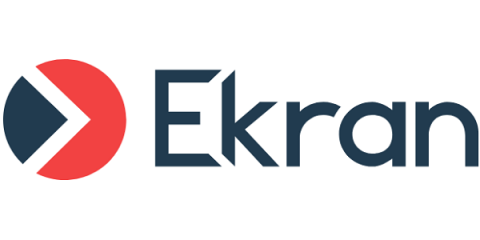Cloud Infrastructure Security: 7 Best Practices to Secure Your Sensitive Data
Your organization might leverage cloud computing because of its practical advantages: flexibility, rapid deployment, cost efficiency, scalability, and storage capacity. But do you put enough effort into ensuring the cybersecurity of your cloud infrastructure? You should, as data breaches and leaks, intellectual property theft, and compromise of trade secrets are still possible in the cloud.


